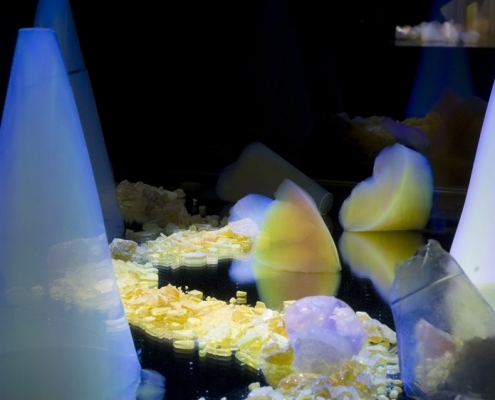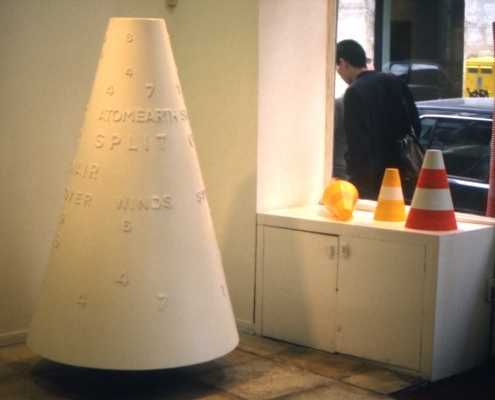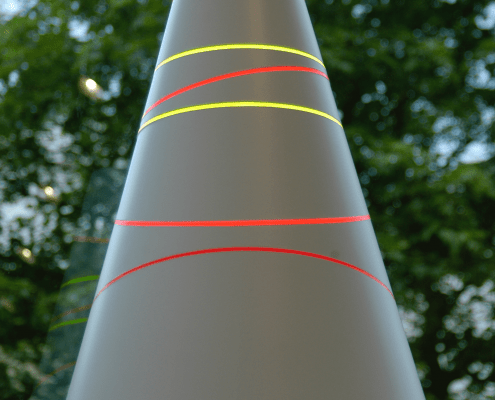
Selected Works 1959-1980
England & Co. Gallery, London. 2006.
read more
read more
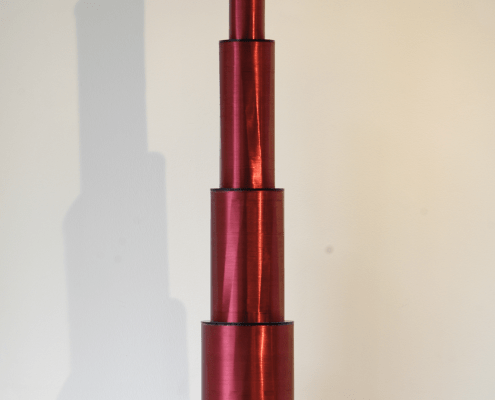
Selected Works 1959-2005
Austin Desmond Fine Art, London. 2006.
read more
read more
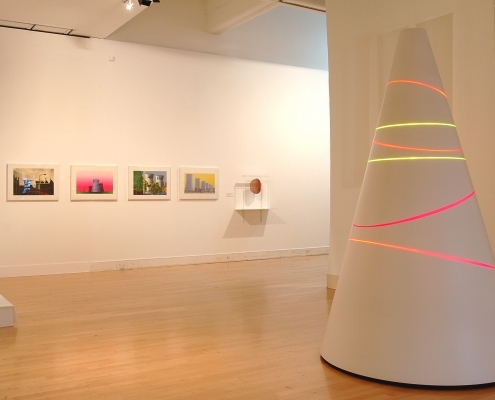
Liliane Lijn: Works 1959 – 1980
Mead Gallery, Warwick Arts Centre, Coventry. 2005.
read more
read more
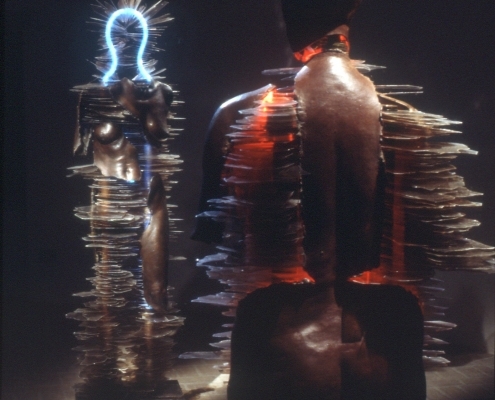
Light and Memory
La Rocca di Umbertide Centro per l'Arte Contemporanea, Perugia. 2002.
read more
read more
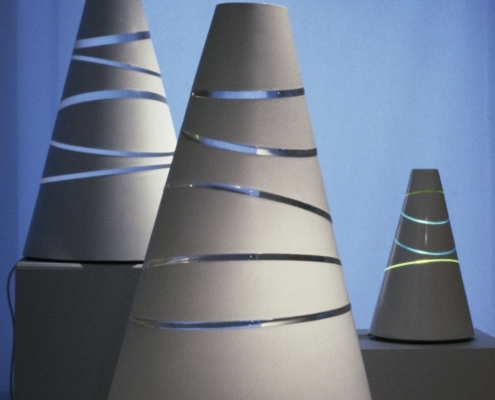
Liliane Lijn: Koans
Shirley Day Gallery, London. 2000.
read more
read more
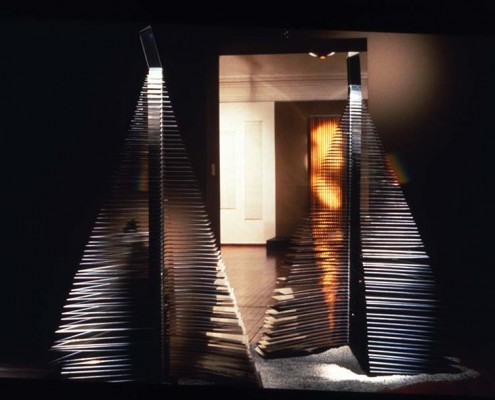
Prism Figures, Prism Stones, Public Projects
Aberdeen Art Gallery, 1983
read more
read more
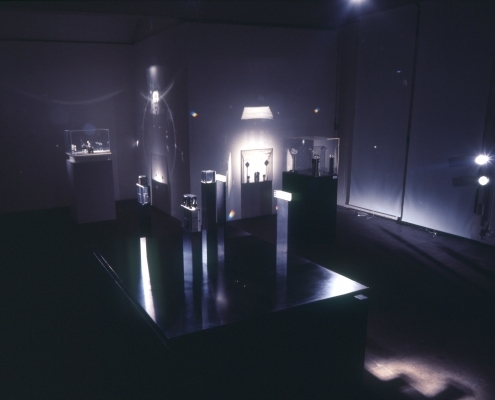
Beyond Light | Serpentine Gallery
Serpentine Gallery, London. 1976.
read more
read more
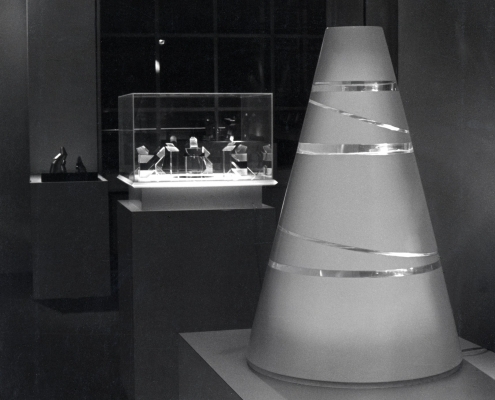
Liliane Lijn | Germain Gallery
Germain Gallery, Paris. 1972.
read more
read more
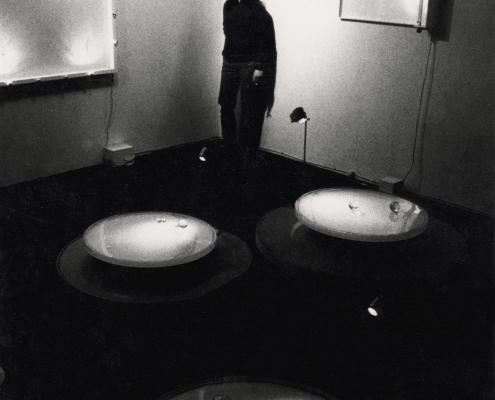
Liliane Lijn at Indica
Indica, London. 1967.
read more
read more
Echolights and Vibrographs
Galerie de la Librairie Anglaise, Paris. 1963.
read more
read more
